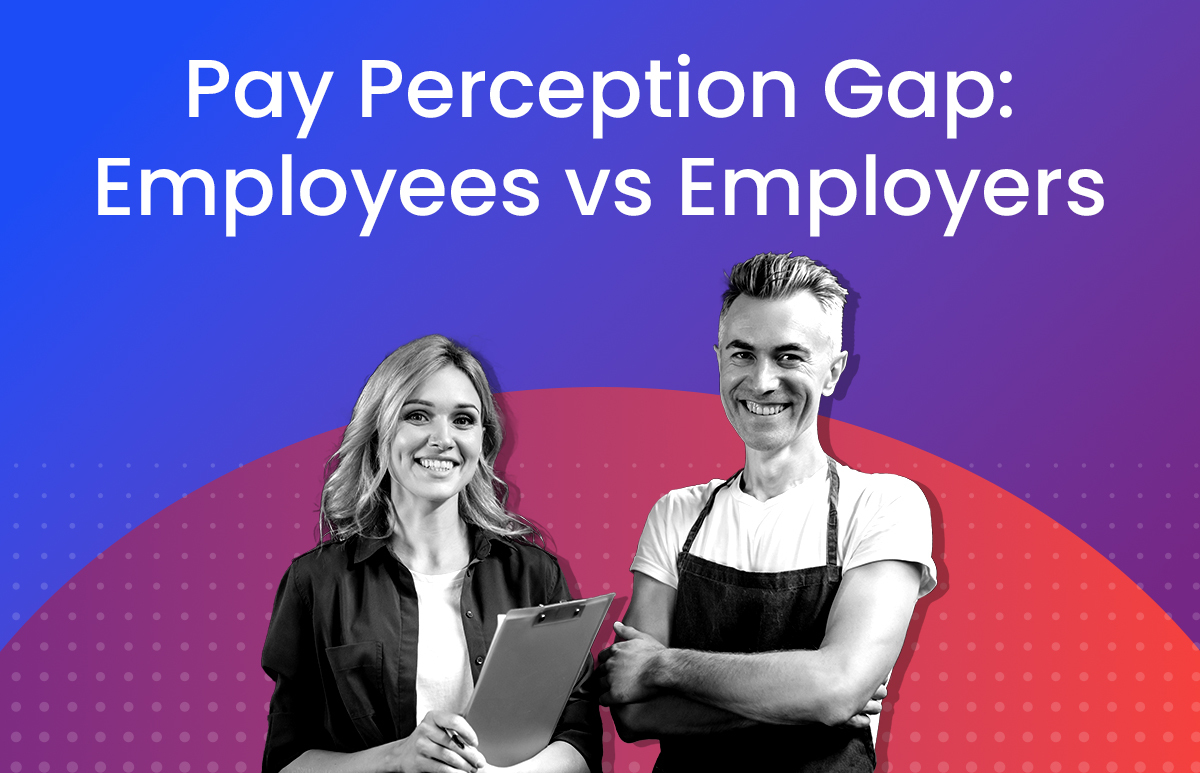What does digital talent really want?

The digital age has transformed where, when and how work is undertaken, but it has also forced employers to think about who is going to undertake this work. Just about every organisation in 2020 could be deemed “digital” to varying degrees – and critically, almost every organisation, regardless of size or industry, is competing for the same scarce digital talent.
Who are these sought-after workers? They work in areas as diverse as updating IT systems, designing mobile apps and developing the artificial intelligence engines driving your digital products and services. They have hard digital skills (such as data analytics) and soft digital skills (such as comfort with ambiguity) that constitute a “digital-first mindset” and are required for digital transformation projects.
Demand for this talent has never been higher. In fact, more than half (54%) of surveyed employers[1] globally agree that a talent gap is hampering digital transformation projects.
What are these workers looking for from employers, and how can your organisation stand out from the pack?
Money matters, but…
Traditionally, it was common practice to attract scarce talent by offering a higher salary than the competition. However, research[2] shows this “race to the top” is not the most effective way to lure digital talent.
A significant 63% of surveyed organisations are instead differentiating rewards, benefits or talent programs for digital talent. This is being done in a number of ways:
- 52% of organisations offer alternative working arrangements
- 34% provide enhanced learning and development opportunities
- 28% run dedicated models of career progression
While offering higher remuneration is no guarantee of securing and retaining this talent, some 40% of surveyed organisations do offer an enhanced level of base pay. Doing so allows employers to selectively offer a premium for skills which are seen as being particularly valuable. Willis Towers Watson states: “While this will change according to numerous factors, not least the nature of the organisation’s business and the skills within it, these valuable skills are generally artificial intelligence, blockchain and big data analytics, as well as experience in developing mobile applications.”
So, what are the most important factors for attracting digital talent?
- Ability to have a real impact on the organisation’s performance
- Cash compensation
- Reputation of the organisation as a great place to work
- Interesting/challenging/varied work
And how about the most important factors for retaining that talent?
- Interesting/challenging/varied work
- Ability to have a real impact on the organisation’s performance
- Cash compensation
- Flexible work arrangements
Cash compensation appears in the top 3 for both attraction and retention, but the real interest for employers is what sits at number 1 in both cases.
Employers who cannot afford to compete financially with large multinationals for this digital talent should especially take note. For example, employers who may not be recognised as a “digital brand”, and industries that may not be recognised as a natural home for digital talent can take heart from this research, which shows that having a clear path for growth and promotion can give them an edge, or at least level the playing field.
Getting an edge on the competition
Professional development should not be underestimated. A separate report by Capgemini, in collaboration with LinkedIn[3], found that nearly a third of surveyed employees are worried that their skills are either already or soon to become redundant. Critically, more than half feel their company’s training programs lack what they need and desire to be successful when it comes to increasing their digital skills, describing the training as “useless and boring”.
In response, a majority of digital talent (60%) have taken training into their own hands and are investing their own time and money, most commonly to be on a par with their colleagues on the required digital skills. The lesson for employers is clear: ask what your employees want in terms of L&D and revamp your offerings by offering highly targeted training that experiments with new formats.
Employers also need to “look the part”. They can do this by communicating their digital ambitions and delivering what talented people want. LinkedIn/Capgemini’s report stated: “Understand the reality of your talent brand relative to the needs of the digital talent that you need to attract, develop and retain. Ensure your own digital employees’ stories are well represented on your social channels, in videos, blogs and other posts.”
The gap between talent supply and demand will always be difficult to bridge. By taking onboard some of these suggestions, your organisation can position itself as a “go-to” employer for digital talent and avoid competing with other employers solely on remuneration.
ELMO Cloud HR & Payroll’s end-to-end solutions cover the entire employee lifecycle, from hire to retire. Addressing all key touchpoints that employees have with their employer, including recruitment, onboarding, performance management, payroll, rostering / time & attendance, and more, ELMO can help streamline people-management processes and automate tasks. To find out more, contact us.
[1] “The Digital Talent Gap – Are Companies Doing Enough?”, LinkedIn/Capgemini, 2017
[2] Artificial Intelligence and Digital Talent Compensation Survey, Willis Towers Watson, 2019
[3] “The Digital Talent Gap – Are Companies Doing Enough?”, LinkedIn/Capgemini, 2017
 HR Core
HR Core 









